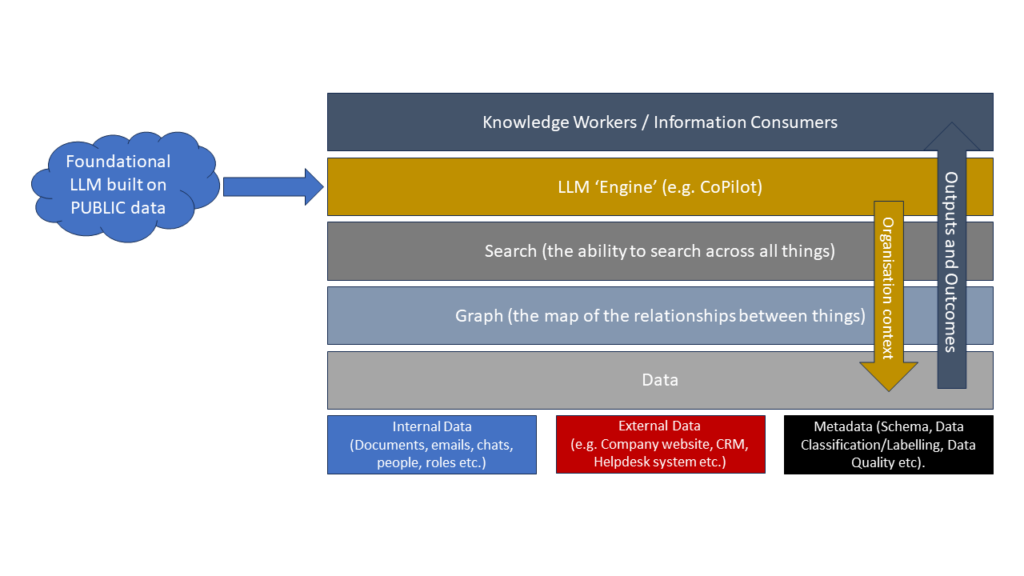
On Balance: What do Data Protection Practitioners Mean when we Talk about “Balancing Fundamental Rights”?

I’ve been thinking a lot about balance lately.
The General Data Protection Regulation (GDPR) is human rights-based legislation and we constantly talk about balancing fundamental human rights or balancing the rights and freedoms of individuals with the interests of the data controller. Data Protection Impact Assessments require balancing tests in the context of risks to rights and freedoms. Relying on Legitimate Interests requires a “balancing test”. But what do we mean when we talk about “balance”? How we frame this is important.
In a European context when we talk about fundamental human rights, we are generally basing ourselves in the European Charter on Fundamental Rights, which describes certain rights, freedoms, and principles as essential fundamentals for European law. The European Commission’s new AI Ethics Guidelines are also based on this framework of human rights.
Starting with the rights to human dignity, life, integrity of the person, and prohibition of torture slavery and forced labor, liberty and security, private and family life, protection of personal data, freedom of thought and freedom of expression, freedom of assembly and association, freedom to conduct a business, and equality before the law. . . there are fifty articles worth of enumerated rights. It’s quite a bit to keep in mind when you think about balancing risk to the impacts on people’s rights and freedoms when you process personal data.
I’ve been thinking a lot about balance lately . . . not because of the requirement to conduct balancing tests to use Legitimate Interests as a lawful basis for processing personal data, but because I get dizzy spells. You become a lot more aware of the importance of balance when you occasionally randomly lose proper sense of which direction is up or find yourself falling into things. (This is particularly frustrating when you spent your formative years in a ballet studio and on a good day your balance was fine-tuned enough that you could perform a quadruple pirouette en pointe and finish without a wobble.) But this has caused me to realize that when we talk about balancing fundamental rights, we seem to be framing our understanding of balance in entirely the wrong way, and this is causing misunderstandings and false dichotomies.
A lot of the time when people talk about balancing fundamental rights, they seem to have a mental image in their head of a set of old-fashioned scales, where you put rights weighting so much on one side and competing rights on the other side, and you have to figure out how much of one right to take away to even the weight out with the other right.

This kind of image and framing of balance can be dangerous resulting in limited understanding of what we can do to uphold people’s rights when we process their data. If we think about balance as taking rights away to allow other rights to be exercised, we frame human rights as if they are a zero-sum game. “I win you lose.” If you can easily take away rights — or if there’s a winner and a loser when we’re talking about rights — we have a faulty understanding of what fundamental human rights to support human dignity are. We don’t take away the right to conduct business by affirming that people have the right to be free from slavery. Prohibiting slavery isn’t saying “No, you can’t conduct business”, but “No, you can’t conduct business that way”.
It might be more useful to think of careful precision and application of force and weight leaning just the right way or moving something just so in building a structure or in movement, like dance, gymnastics, or martial arts.
Balance in these contexts, isn’t a matter of taking one thing off one side so it weighs less or adding more weight to another side. It’s having a good sense of your body in relation to its environment, knowing exactly how much to lean in one direction, what kind of force to apply in just the right place, and how much force to apply. And it’s being able to do it. Balance requires awareness, control, and responsiveness to change in environment and context.
Balance is a sign of health in humans. Losing your sense of balance can be a sign that something is seriously wrong. Balance is also a skill that is learned. Think about children learning to walk. Part of not falling over is having a sense of which way is up, having a sense of your body’s relationship to its surroundings. Another part of not falling over is having fine control over your body and its movements. This is a skill we learn and develop through practice.
There are good reasons to frame your thought about balance in this way. It’s a more holistic understanding of what we mean when we talk about balancing fundamental rights. We don’t strengthen fundamental rights by removing access to others; we find the best way to achieve the results we want from out data, in a way that supports other people.
It’s not “Privacy or Security”; privacy and security are not mutually exclusive and are indeed often essential preconditions to allow the other to happen. It’s not “Freedom of Expression or Privacy”; privacy is essential to our ability to develop freedom of thought, without which freedom of expression is impossible. It’s not a matter of taking away a bit of one right to allow the other right to flourish, it’s a matter of understanding that sometimes, to function while respecting human rights you have to lean a bit more in a particular direction, move just this way, or apply a bit more force there to avoid falling badly or causing injury.
When talking about a balancing test for legitimate interests, the test requires full consideration of a number of factors, so as to ensure that the interests and fundamental rights of data subjects are duly taken into account. One of the reasons it can be helpful to reframe how we think about balance is that it reminds us that to understand the balance of interests, rights, freedoms relevant to your data processing, you need to understand the social context and information environment in which you plan to design and execute your processes.
This can be the difference between “Don’t do that” and “Don’t do it that way. . .” There can be situations where you can’t process data to meet your business need the first way you approach your business need, but there’s a good chance that you can meet your goals in a more privacy respecting manner.
Today I challenge you to think about the way you think about balance and about balancing rights and interests. How are you framing it? What’s your mental image? Develop your skills and awareness. Do you need guidance and training in the correct application of force?
Whoever thought it took so much skill just to be able to stand and walk?



